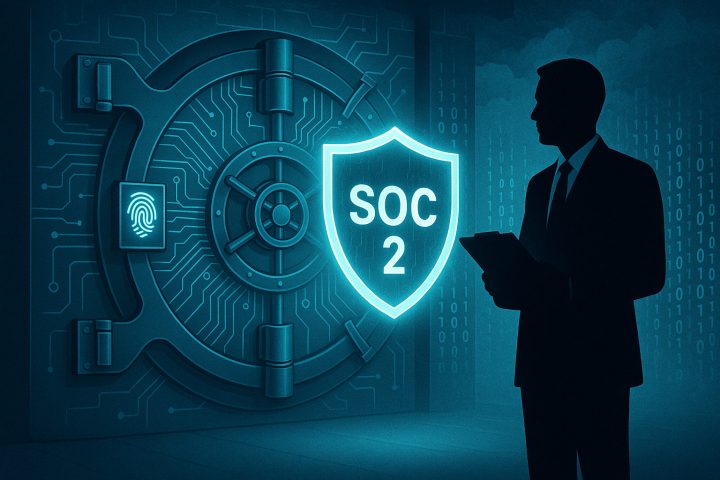Anyone who has taken on a leadership position particularly in a fast growth environment will know that you are constantly making decisions with little time to think with a heavy reliance on gut instinct or memory muscle response.
In the fast-paced world of SME technology, the ability to make informed decisions and think critically is crucial for success. Whether you’re a seasoned Board member or just starting your career, enhancing your strategic and analytical skills can make a significant difference. Here are some books that may offer valuable insights for both experienced leaders and newcomers.
Outside of work we are being fed a diet of large volumes of information. We don’t know if true or need fact checking. Some deliberate set out to polarize views. Critical thinking should question this. Below I have divided into 5 main buckets with citations:
1. For Strategic Decision-Making:
“Thinking, Fast and Slow” by Daniel Kahneman explores the dual systems of thinking: the fast, intuitive system and the slow, deliberate system. For instance, Kahneman discusses how cognitive biases, like overconfidence, can skew decision-making. Board members can use this understanding to critically evaluate their gut reactions and ensure they engage in thorough analysis before making strategic decisions.
“The Decision Book: 50 Models for Strategic Thinking” by Mikael Krogerus and Roman Tschäppeler offers practical decision-making models. For example, the “Eisenhower Matrix” helps prioritize tasks based on urgency and importance. This tool can aid leaders in prioritizing strategic initiatives and allocating resources effectively.
2. For Understanding Cognitive Biases:
“Predictably Irrational” by Dan Ariely reveals how irrational behaviors impact decisions. For example, Ariely illustrates how anchoring can affect pricing decisions—people tend to rely heavily on the first piece of information they receive. Understanding these biases helps Board members design better pricing strategies and marketing campaigns.
“The Art of Thinking Clearly” by Rolf Dobelli identifies common cognitive errors such as the “Sunk Cost Fallacy,” where past investments irrationally influence current decisions. Board members can apply this knowledge to avoid letting previous investments cloud their judgment on future projects.
3. For Enhancing Critical Thinking Skills:
“Critical Thinking: A Beginner’s Guide” by Jennifer Wilson provides foundational techniques for analyzing and evaluating arguments. For instance, Wilson discusses how to structure arguments effectively and assess their validity—skills that are essential for early-career professionals who need to present their ideas clearly and persuasively.
“Think Smarter” by Michael Kallet focuses on advanced critical thinking techniques. For example, Kallet introduces the “Six Thinking Hats” method by Edward de Bono, which encourages looking at a problem from multiple perspectives. This approach can help both Board members and newcomers consider all aspects of a strategic decision.
4. For Cultivating a Culture of Inquiry:
“A More Beautiful Question” by Warren Berger emphasizes the importance of asking the right questions to drive innovation. Berger highlights how companies like Apple use inquiry to drive product development and innovation. Leaders can use this approach to foster a culture of curiosity within their teams, encouraging innovative thinking and problem-solving.
“Wait, What? And Life’s Other Essential Questions” by James E. Ryan illustrates how asking meaningful questions can lead to deeper insights. Ryan discusses how questioning assumptions can uncover new opportunities—an approach that can help early-career professionals develop a habit of critical inquiry and creative problem-solving.
5. For Early Career Professionals:
“A Rulebook for Arguments” by Anthony Weston offers clear guidelines for constructing and evaluating arguments. For example, Weston advises on using logical structure to support arguments—an essential skill for newcomers who need to present well-reasoned ideas and proposals in meetings.
“The 5 Elements of Effective Thinking” by Edward B. Burger and Michael Starbird provides strategies for improving thinking processes. Burger and Starbird discuss techniques like “Understanding deeply” and “Making mistakes” to foster learning and innovation. These elements are particularly useful for those starting their careers, as they promote a mindset focused on continuous improvement and effective problem-solving.
Conclusion
For Board members, mastering strategic decision-making models and understanding cognitive biases can help guide an SME technology business towards success. Meanwhile, early-career professionals can benefit from foundational critical thinking and inquiry techniques to navigate their roles effectively.
Love to hear your thoughts around creative thinking, your experience or research/recommended books on this list or in addition to.
Sources:
- Kahneman, D. Thinking, Fast and Slow.
- Krogerus, M., & Tschäppeler, R. The Decision Book: 50 Models for Strategic Thinking.
- Ariely, D. Predictably Irrational.
- Dobelli, R. The Art of Thinking Clearly.
- Wilson, J. Critical Thinking: A Beginner’s Guide.
- Kallet, M. Think Smarter.
- Berger, W. A More Beautiful Question.
- Ryan, J. E. Wait, What? And Life’s Other Essential Questions.
- Weston, A. A Rulebook for Arguments.
- Burger, E. B., & Star

























